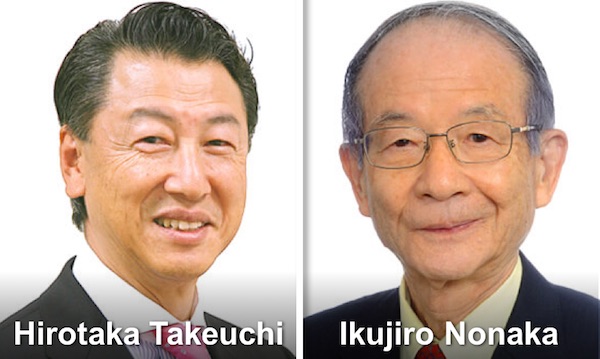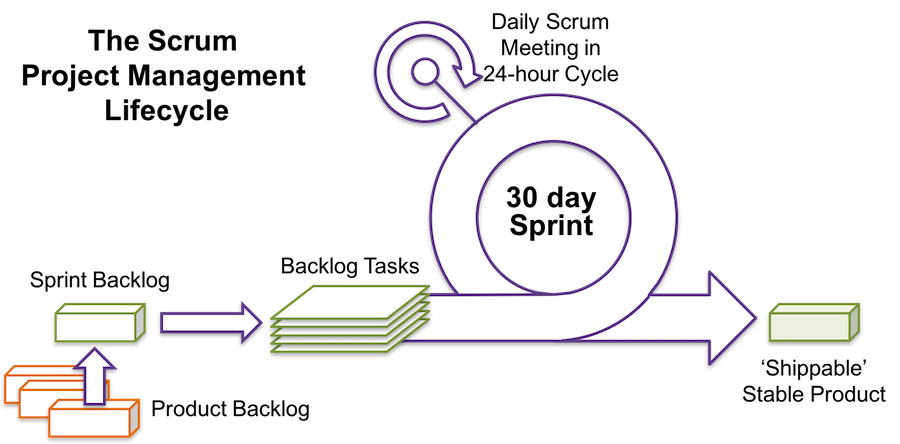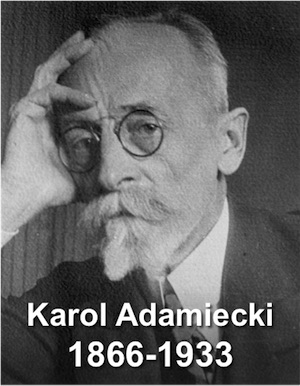Who invented the Gantt Chart? This is a question I ask in many of my project management seminars, and the commonest answer/guess is ‘Mr Gantt’. Why does nobody suggest Mrs Gantt? In fact, neither answer is properly correct. But nonetheless, the Gantt Chart is Henry Gantt’s enduring legacy. But there was more to him as a manager and thinker than that.

Short Biography
Henry Laurence Gantt was born in the southern US state of Maryland in 1861; the year the Civil War started. As one of my reference books puts it, the war ‘brought about changes to the family fortunes’. His parents were slave owners.
Gantt graduated from Johns Hopkins University in 1880 and, after a few years of teaching, qualified as a Mechanical Engineer in 1984, with a master’s degree from the Stevens Institute of Technology in New Jersey.
After three years working as a draughtsman in Baltimore, he joined the Midvale Steel Works in 1887. This is where FW Taylor was Chief Engineer, and Taylor was to become a mentor and important intellectual influence on Gantt. The two worked well together, and Gantt followed Taylor first to Simmonds Rolling Company and then to Bethlehem Steel.
They went their separate ways in 1900, and in 1901, Taylor endorsed Gantt as the best person to have as a consultant for implementing their shared principles of scientific management. This led to a successful career for Gantt; working with many large corporations. From this point on, though, Gantt was clearly thinking for himself and diverging from some of Taylor’s more extreme ‘scientific principles’.
It was in 1917 that Gantt ‘invented’ the now famous Gantt Chart, as a way to speed the construction of naval vessels during World War 1.
Gantt wrote two books – both out of print – and there is also a set of lecture notes available. Beware print-on-demand reproductions – some get poor reviews. His 1911 book, ‘Work, Wages and Profits’, focused on incentivising workers and marked a shift from Taylor’s penal approach to piece rates. In 1919 – the year of his death – he published ‘Organising for Work’. This marked an early contribution to the field we would now refer to a Corporate and Social Responsibility (CSR).
Gantt’s Ideas
We can summarise Gantt’s management thinking under three headings: incentivisation, task management, and corporate responsibility.
Workers’ Incentives
Taylor’s approach to incentivising workers was the piece rate system – getting paid only for the work you do. Gantt moved away from this idea, noting that motivation works best when you reward good work, rather than punishing poor work. So Gantt’s approach was to offer a base wage, with bonuses to workers who performed beyond a certain level. This meant that workers in the learning stages of their roles could earn a decent wage and led to a doubling of production levels.
He went on to provide additional incentives, most notably to foremen. This would recognise the collective efficiency of a work team and provided encouragement for on-the-job training. Gantt had clearly departed a long way from Taylor’s thinking, in the direction of humanistic management, when he wrote in ‘Work, Wages and Profits’:
‘the general policy of the past has been to drive; but the era of force must give way to that of knowledge, and the policy of the future will be to teach and lead, to the advantage of all concerned.’
Gantt was a close contemporary of Mary Parker Follett, with whose thinking this aligns, but I can find no reference suggesting that they knew one another. He was, however, a good friend of Frank and Lillian Gilbreth.
Corporate Responsibility
In ‘Organising for Work’, Gantt set out an agenda for corporate responsibility to society. He argued that the cold ‘buy low: sell high’ approach to business would not meet the challenges of business leadership in the twentieth century. He placed far more emphasis on the role of executives in motivation and efficiency that did Taylor – who saw workers largely as automata.
As he distanced himself from Taylor, he held that businesses have a duty to serve their communities, using the phrase ‘social responsibility’.
Task Management
There is no doubt, however, that Gantt is best remembered (only remembered?) for the Gantt Chart. This is a representation of tasks as bars on a chart that plots a list of tasks down the left hand side and sets a time line from left to right. Each task is shown as a bar. The length of the bar represents the duration of the task, and the placing represents its scheduling. Shading of the bar can represent levels of completion.
This was one of many different charts that Gantt developed, to help make work easier to plan and manage. This was him at his most ‘scientific’. In his early career, he said that scientific analysis is the only route to industrial effectiveness.
So, did Henry Gantt invent the Gantt Chart?
We will never know if he was aware or not (I suspect not) but the same chart had indeed been ‘invented’ in 1896 by Karol Adamiecki. Adamiecki was a Polish economist and engineer, whose misfortune, if you like, was to publish in Polish and Russian. So, his writings received little attention outside of those countries and we now have the Gantt Chart, rather than the Harmonograph (Adamiecki’s favoured name) or the Adamiecki Chart. It is not clear to me when Adamiecki’s work was available – references I can find suggest he only published in 1931.
Who cares?
Apart from pride of authorship (among two long dead men) or nationalistic pride (between Poland and the US), there is little value in worrying who invented it. I’d be prepared to bet that if we had marks in the sand preserved from the ancient builders of Egypt, Sumer, Meso-America, Cambodia… somewhere we’d find a bar chart scratched out hundreds or thousands of years ago. What matters is the phenomenally wide usage this chart has.
The Gantt Chart is seen as a cornerstone of modern project management, yet it is hard to imagine the impact it had in the 1920s and 1930s, on US industry and Soviet Union central planning. And it has barely changed in the last 100 years. The only real difference is the technology we use to produce the charts and the consequent ease we have in using them to drive calculations.
For this, Henry Gantt does deserve to be remembered. So to, though, does Karel Adamiecki.

 How do you adapt traditional project management into a rapidly changing environment? One that is characterised by shifting priorities and high uncertainty. Arguably, you don’t need to – project management has always had the tools for this. But, with the Agile Manifesto of 2001, software projects have a new paradigm. A modification of traditional approaches, called Agile Project Management.
How do you adapt traditional project management into a rapidly changing environment? One that is characterised by shifting priorities and high uncertainty. Arguably, you don’t need to – project management has always had the tools for this. But, with the Agile Manifesto of 2001, software projects have a new paradigm. A modification of traditional approaches, called Agile Project Management.










